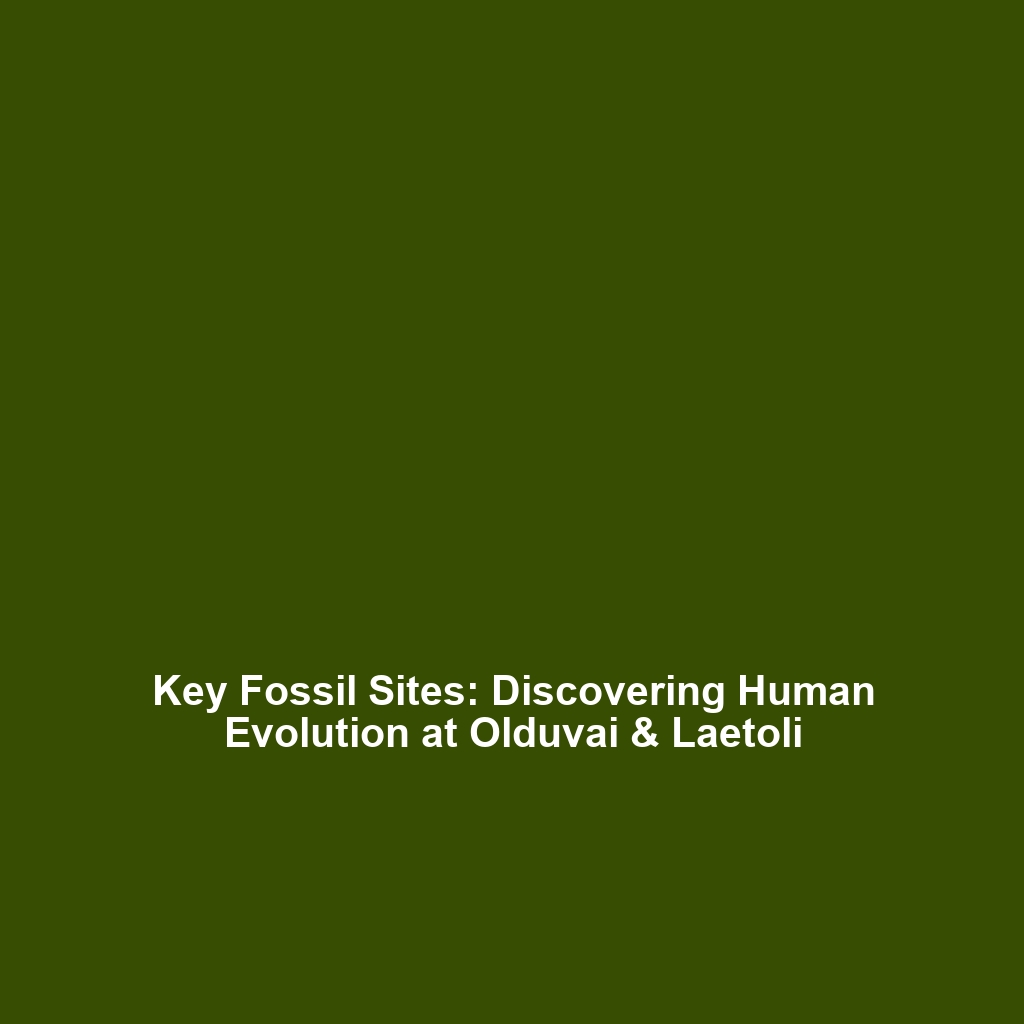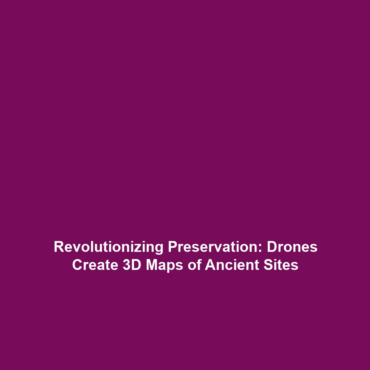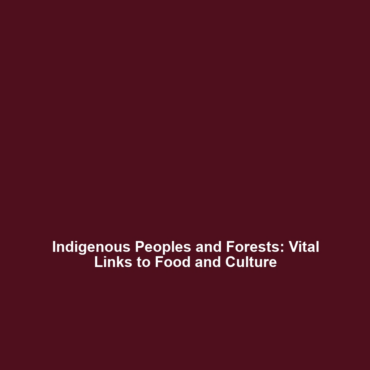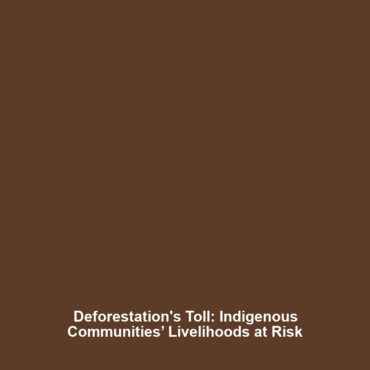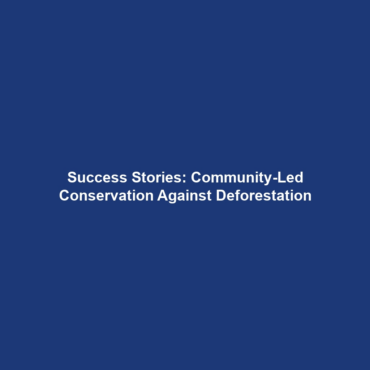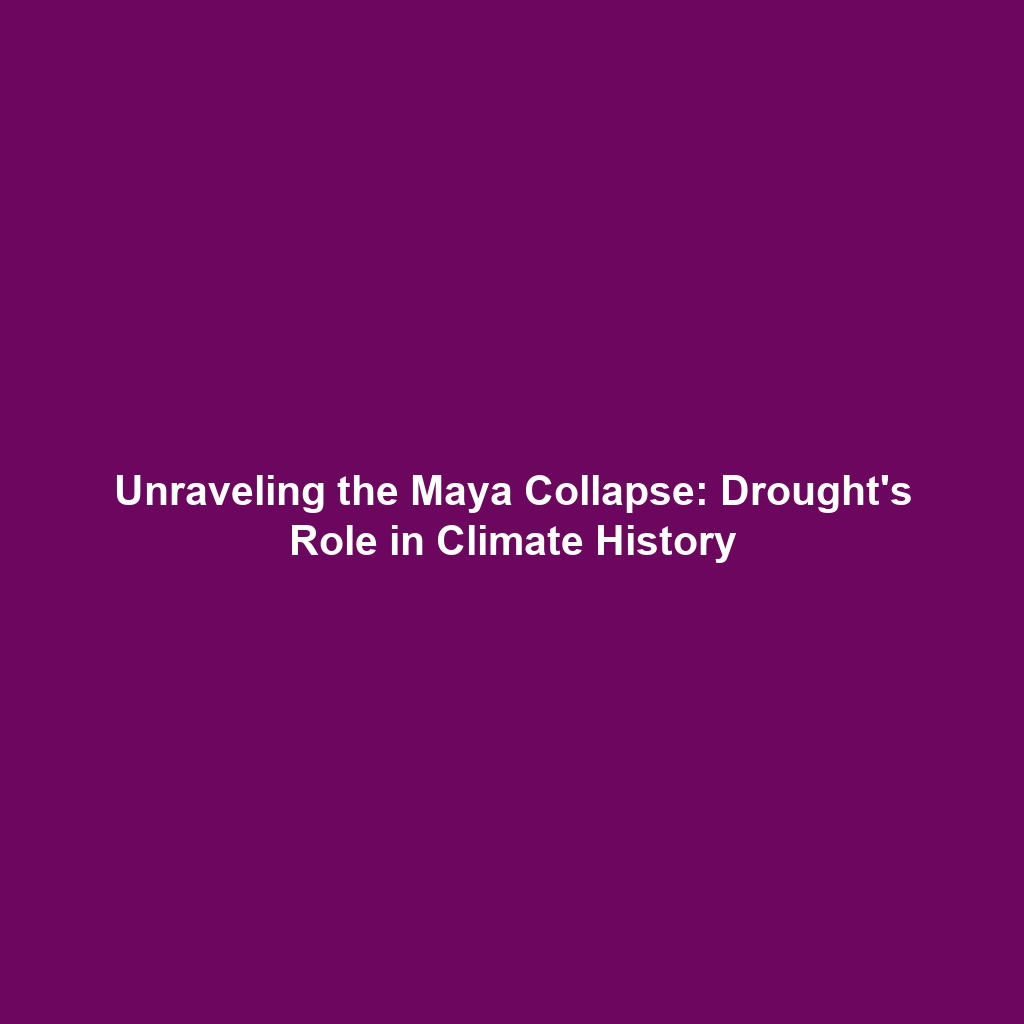Key Fossil Sites and Discoveries in Human Evolution
Introduction
The exploration of significant fossil sites, such as Olduvai Gorge and the Laetoli footprints, provides crucial insights into Human Evolution. These discoveries have not only advanced our understanding of early hominins like Australopithecus, Homo habilis, and Homo erectus, but have also shaped the narrative of our ancestry. By studying these pivotal fossils, scientists unveil the evolutionary pathways that led to modern humans, illuminating the factors that contributed to our development and adaptation.
Key Concepts
Each of these significant fossil sites contributes uniquely to the understanding of Human Evolution. Below are some major concepts related to these discoveries:
Olduvai Gorge
Located in Tanzania, Olduvai Gorge is often referred to as the Cradle of Mankind. This rich paleoanthropological site has yielded a vast array of hominin fossils, including key specimens of Homo habilis and Homo erectus. The stratigraphy of Olduvai provides insights into the behavior and habitat of early hominins, enhancing our understanding of their evolutionary adaptations.
Laetoli Footprints
The Laetoli footprints represent an extraordinary fossil find in Tanzania, dating back approximately 3.6 million years. These fossilized footprints give direct evidence of bipedal locomotion in early hominins, specifically Australopithecus afarensis. The trackway offers profound insights into the social behavior and movement patterns of early human ancestors.
Applications and Real-World Uses
The significant fossil sites and their discoveries not only enrich our understanding of Human Evolution, but also have applications in various fields:
- Archaeology: Insights gained from these fossils guide archaeological excavation techniques and methodologies.
- Educational frameworks: Fossil studies contribute to curriculums in anthropology and evolutionary biology, helping to educate future generations.
- Public policy: Understanding Human Evolution influences discussions about human origins and cultural heritage in policymaking.
Current Challenges
Studying these significant fossil sites presents several challenges:
- Cultural Preservation: Efforts to protect fossil sites from environmental degradation and human encroachment.
- Funding Limitations: Limited financial resources hinder extensive excavation and research projects.
- Access to Sites: Political instability in some regions can restrict access to important fossil sites for scientific research.
Future Research and Innovations
Advancements in technology and research methodologies promise to enhance our understanding of these fossil sites:
- Genetic Analysis: Innovations in DNA extraction techniques may allow researchers to analyze ancient genomes from fossilized remains.
- 3D Imaging: Improved imaging technology can create detailed reconstructions of fossil sites, aiding in the study of early hominin behavior.
- Collaborative Research: Increased collaboration among global paleoanthropologists is anticipated to lead to new discoveries and insights.
Conclusion
The discoveries at Olduvai Gorge, the footprint evidence from Laetoli, and the identification of species like Australopithecus, Homo habilis, and Homo erectus are integral to our understanding of Human Evolution. These sites provide vital evidence of our ancestral lineage and evolutionary milestones, shedding light on the origins of humanity. Ongoing research and preservation efforts are critical to further unlocking the secrets of our past. For more information, explore additional resources on ancient hominins and their evolutionary significance.
